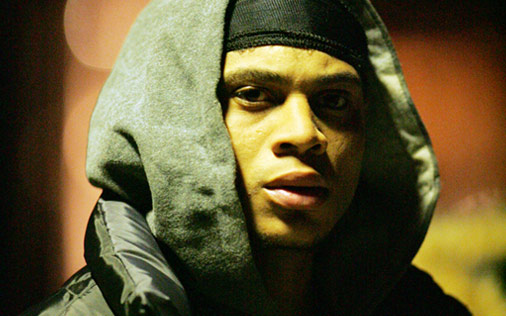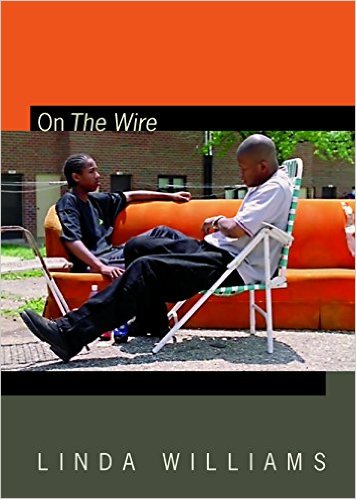
Season 4 of The Wire follows the stories of many different individuals that live and work in the city of Baltimore. These stories all connect in one way or another and create building blocks for the main concept of the show. In addition, the television show illustrates what life is like for these individuals who are from different parts of Baltimore. Some of these stories include dope dealers pushing drugs on the street corner, a candidate running for mayor of Baltimore, and police officers who work for the Baltimore Police Department.
After watching the season 4 finale, it is clear that The Wire is an informative television program rather than an entertaining show. This is mostly due to the seriousness of the topic and the portrayal of the different stories displayed throughout the duration of the season. The Wire seems to have been well ahead of its time in regards to the way it portrays the lives of individuals. Everything, from living in the streets like Bubbles (Andre Royo) to working as a homicide detective like Jimmy McNulty (Dominic West), gives a vivid illustration as to what life’s really like for people living in Baltimore.
In conclusion, the show’s season 4 finale helps the audience see and understand what life is like through the eyes of someone from Baltimore. Although some might say that the show is too dramatic and dull at times, it is professional in its delivery and gives vivid illustrations rather than over exaggerated acting to deliver its message. The season 4 finale is a perfect example of what makes the show critically acclaimed. Would I watch the show again? Most likely. This is mostly because of the characters, the acting, and the overall illustration of life in the city of Baltimore.

Recent Comments